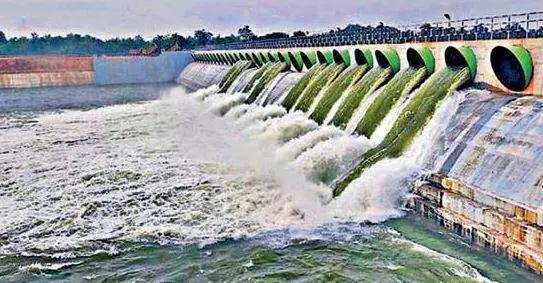Morand-Ganjal Irrigation Project
The National Tiger Conservation Authority (NTCA) has raised concerns regarding the Morand-Ganjal Irrigation Project in Madhya Pradesh. This project threatens vital tiger habitats and disrupts ecological corridors between the Satpura and Melghat Tiger Reserves. The NTCA has urged authorities to consider alternative sites to reconcile development needs with conservation efforts.
Project Overview
- The Morand-Ganjal Irrigation Project aims to improve irrigation for 211 villages across Hoshangabad, Betul, Harda, and Khandwa districts.
- Initially proposed in 1972, it received government approval in 2017.
- The project involves constructing dams on the Morand and Ganjal rivers, which will submerge over 2,250 hectares of forest land.
Impact on Tiger Habitats
- The NTCA’s analysis indicates that the project site is important tiger-occupied habitat.
- Submerging forest areas will disrupt tiger movement between reserves.
- This disruption threatens genetic exchange and population stability among tigers.
- The NTCA warns that such ecological disruption can have long-term detrimental effects on tiger viability and the broader wildlife community.
Recovery of Tiger Populations
Both the Satpura and Melghat Tiger Reserves are currently in a recovery phase. This recovery is attributed to successful voluntary village relocations. The NTCA cautions that losing the ecological corridor could reverse the progress made in increasing tiger populations.
Socio-Economic Concerns
The project will displace over 600 members of the Korku tribal community, leading to loss of livelihood. The NTCA emphasises that the submerged areas are not only vital for tigers but also support diverse wildlife and rich biodiversity.
Recommendations from NTCA
The NTCA has strongly recommended exploring less ecologically sensitive sites for the irrigation project. It is crucial to balance developmental needs with the conservation of critical wildlife habitats. The authority stresses that preserving biodiversity and ecological integrity should be a top priority.
Month: Current Affairs - February, 2025
Category: Environment Current Affairs







